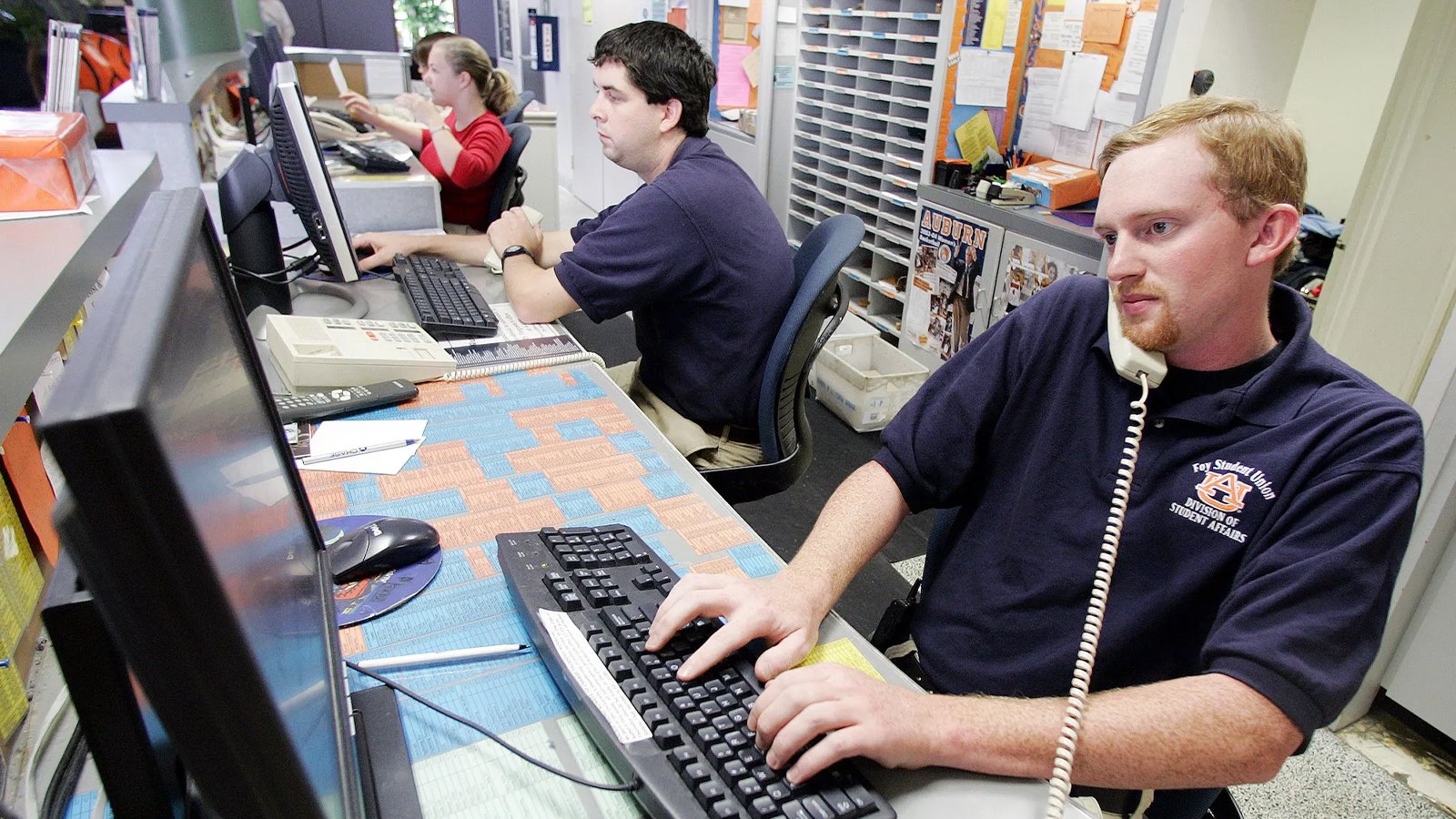
THE HECHINGER REPORT
OPINION: Why working while in college can be a bad investment for students
September 27, 2021 — Every school year and summer during my time as a first-generation college student, I worked to put myself through college. I worked at fast-food restaurants, a gift-basket delivery service, a local grocery store warehouse and the campus bookstore.
My concern was most definitely not finding a well-paying job or a high-flying internship that would prepare me for a long-term career. Instead, I needed a job — any job — just to pay my tuition bills and make rent.
Juggling school and work can create difficult, sometimes impossible trade-offs for students. Yet it’s a brutal reality for the majority of American college students today, a growing number of whom are financially independent and need to work to support themselves during college.
Even more concerning is that the need to work may be leading students to the conclusion that college simply isn’t worth the cost — an unacceptable outcome at a time when the value of college is at an all-time high and college graduates continue to be in demand in the broader U.S. economy.
Even before the pandemic, nearly 70 percent of all full-time college students were working, diverting time from academic and student life.
A majority of working college students log 15 to 35 hours per week, according to the Georgetown University Center on Education and the Workforce. Among community college students who started school in fall 2019 while working, 15 percent held two jobs to make ends meet.
While the integration of work and learning can have some clear benefits, working while in college can also be a bad investment. A 2018 study found that more than half of the students who worked at least 15 hours per week had grade averages of C or below.
Students with poor grades are more likely to take longer to earn their degrees — which can increase their student loan debt — or not graduate at all. Furthermore, while work-study programs can help students offset the cost of college, many of these jobs are menial or administrative on-campus work and often do not have direct relevance to students’ career aspirations.
Fortunately, there are steps that institutions, state and federal policymakers can take to help rebalance the demands of education and work.
Given the challenges facing working learners, there is a growing consensus that institutions should make significant accommodations to acknowledge the complicated realities of working students, who are often breadwinners, parents and care-givers.
Many colleges are scheduling more classes at night and on weekends, offering year-round start-dates and making academic advising, counseling and other student support available at nontraditional hours. Because so many working students are parents as well, a growing number of colleges are also introducing campus-based child care to make it easier to balance child care, work and study.
The SUNY system recently announced it would add to its 4,000 child care spots across its 46 campuses with onsite child care.
Emergency student aid is another innovation that has quickly proven its worth during the pandemic as colleges work to extend financial relief to financially and professionally stretched students. During the first year of the pandemic, three in five college students had trouble meeting basic needs such as food or housing or both, a recent survey found.
Emergency grants of as little as $250 can help cover unexpected expenses and keep students on track to graduate, research has shown.
The U.S. Department of Education should also take steps to reform the Federal Work-Study Program — a long-overdue policy upgrade for a source of student aid that traces its origins to the Great Society-era legislation of 1964.
The federal government created the program to help moderate-income students pay for college. But the funding formula generally favors institutions with relatively small shares of needy students, and only a third of work-study jobs go to dependent undergraduates from families earning less than $42,000 annually.
Shortly before the pandemic began, the Education Department said it would let nearly 200 institutions experiment with paying low-income students for student teaching, clinical rotations and other off-campus private-sector work experiences required for their academic majors.
Author and investor Ryan Craig and Rutgers University education and employment researcher Michelle Van Noy have suggested that work-study students should be paid for experiential and service-learning opportunities. Instead of shelving books in the campus library or waiting tables at a restaurant near campus, working students should get valuable professional experience that will help jump-start their careers.
Policymakers are actively considering taking bolder steps to support working learners: The U.S. House Education and Labor Committee recently advanced legislation, as part of the federal budget reconciliation process, that would invest $9 billion through a Retention and Completion Fund to support student success initiatives proven to have worked.
The first-of-its-kind fund would invest in evidence-based coaching, advising and other support services to help low-income students — most of whom work full- or part-time — stay on track to completion. This legislation would provide a vital investment in services to help working learners carve pathways to success in college.
The necessity of working while in college can create a troubling dilemma for many students. It’s a dynamic that forces students to choose between the lesser of two evils — either juggle work with full- or part-time study or take out more student loan debt.
Students shouldn’t be forced to choose between covering basic living expenses and paying their college bills. Policymakers, advocates and institutions must take action so that students don’t have to make this impossible choice.
